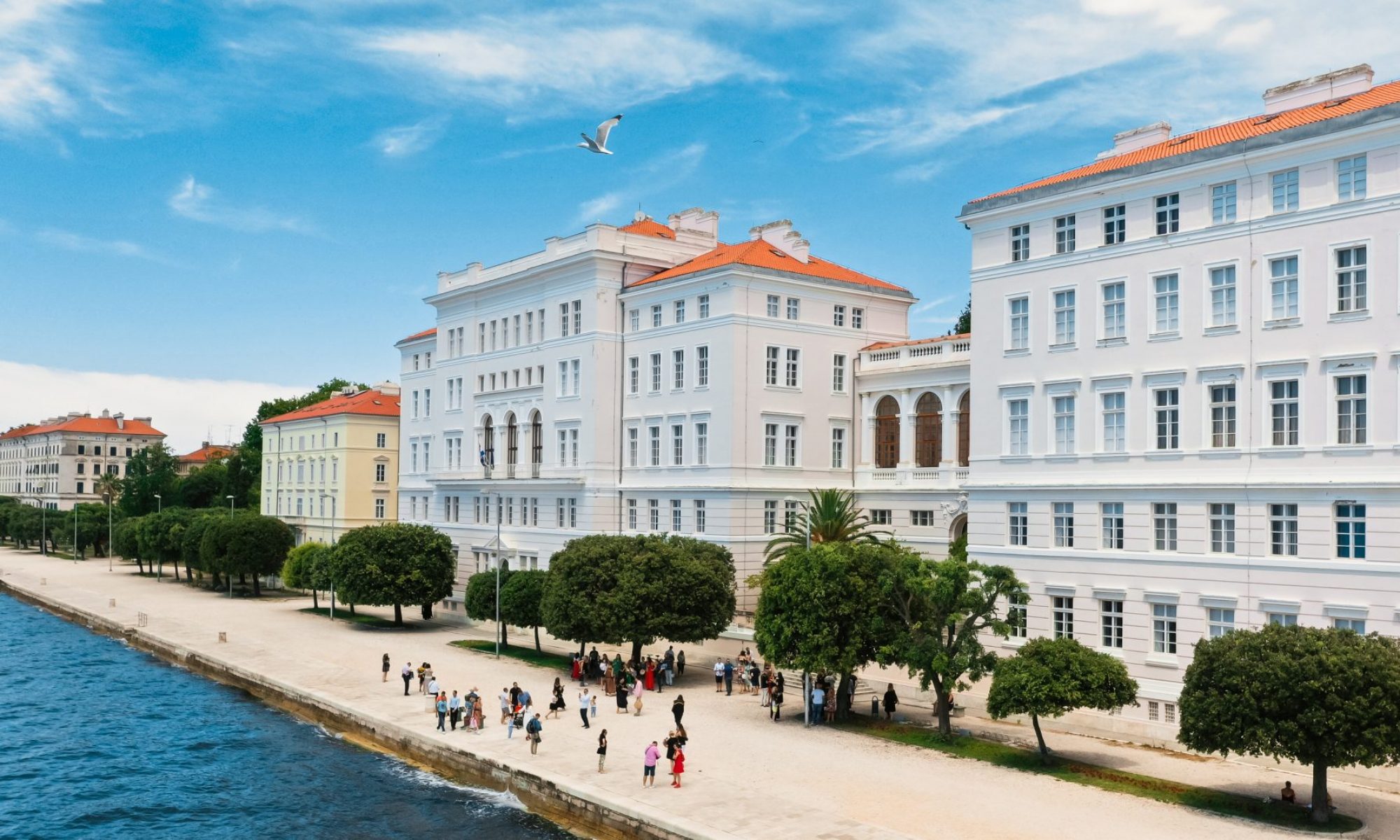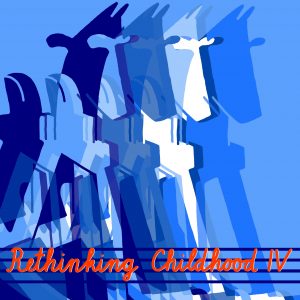International Scientific and Artistic Conference
Rethinking Childhood IV
Towards Transdisciplinarity
Zadar, May 28-30, 2026

With the fourth international scientific and artistic conference Rethinking Childhood IV, we aim to highlight the interdisciplinary nature of studies for teachers and educators as a distinctive feature from which we start our reflections on childhood and to encourage questioning the possibilities of connecting different areas of topics related to childhood. Therefore, in the title of the upcoming conference, we emphasised a transdisciplinary approach, which, through its inclusiveness, goes a step further than interdisciplinarity, promoting not only the connection but also the integration of various fields of science, as well as the intertwining of science and art. The transdisciplinary approach is also significant because it is inclined towards participatory practices, meaning that in such research, other interested parties from the broader community can participate, including children, whose active contribution to childhood studies has already been recognised within the framework of so-called child-focused research.
The described aspiration for comprehensive action is full of challenges, but it has not arisen from a whim. On the contrary, it aligns with the often-stated view that complex problems of the modern world must be addressed collectively. When attention is directed toward childhood and its related themes, numerous open questions come to the forefront, regularly prompting broad discussions with fundamental issues such as a child’s freedom and security being just some of them.
Interdisciplinarity and transdisciplinarity are most often associated with collaborative ways of working, but they can also be felt in the research of individuals who, in their reflections, frequently push the boundaries of their own disciplines, confronting fragile, uncharted interspaces where mistakes may be more common but where the potential for articulating new perspectives also emerges. Throughout history, many exciting discoveries have been made in this way, and bold steps forward continue to be valued today. Perhaps the most noticeable expression of this is in creativity—an imperative embedded in all future strategies, yet one that cannot be reached by following “well-trodden” paths.
When interdisciplinary and transdisciplinary approaches are approached from the perspective of schools and kindergartens, they strongly reflect what is expected of every modern teacher and educator—to approach the child holistically in their daily work while striving for an integrated practice that functionally and harmoniously connects goals and outcomes from different fields. This form of engagement tends to be highly demanding, not only because it requires continuous personal development, constant collaboration, and relational thinking but also because, in practice, it often needs to be reconciled with other, seemingly very different educational requirements, such as the pronounced need for standardisation.
Therefore, interdisciplinary and transdisciplinary approaches, as described here and elsewhere, are not immune to criticism. This is especially true for transdisciplinarity, which by its nature resists clear definitions—a fact that is understandable, as it seems to be more of a call for inclusive action than a well-established research practice. This, in turn, provides further motivation for discussion within the framework of childhood-related topics.
Based on this, we propose the following possible research topics:
- participatory practices in childhood-related research (citizen science, community art, child-focused research…)
- childhood at the center of broad discussions (issues of freedom and happiness, safety and risk, migration and cultural differences, digitalisation and privacy, mobility and health…)
- interdisciplinary and transdisciplinary research in children’s literature and culture (childhood studies, age studies, adaptation studies…)
- integration in education (arts integration, art-science, STEM and STEAM integration, integration of cross-curricular topics, incorporating movement into everyday educational practice…)
- collaboration among children (as an educational approach, but also as a theme in literature, film, etc.)
- childhood and transmediality (literature, theater, film, video games, transmedia storytelling…)
- interdisciplinarity and transdisciplinarity in the context of educational standardisation
- interdisciplinarity and transdisciplinarity – experiences from alternative pedagogies
- the role of media in a transdisciplinary approach to learning
Artistic Program of the Conference – Workshops and Exhibition
Artists from various artistic fields who are active in higher education institutions are invited to participate in shaping the conference’s workshop program. They are encouraged to design workshops aimed at bringing interdisciplinary and/or transdisciplinary approaches to life in practice.
Visual artists working in higher education institutions are invited to take part in the international art exhibition, which is planned as part of the upcoming conference. They are encouraged to respond artistically to some of the themes outlined in the conference call.
The official languages of the conference are Croatian, Slovenian, and English.
| Programme Committee | Organising Committee | |
| Associate Professor Marina Đira, President of the Programme Committee | Assistant Professor Marijana Miočić, President of the Organising Committee |

